The following figure shows a parallelogram ABCD whose side AB is parallel to the x-axis, ∠A=60∘ and vertex C=(7,5). Find the equations of BC and CD.
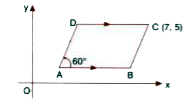
The correct Answer is:(i)y=√3x+5−7√3(ii)y=5
Step by step video & text solution for The following figure shows a parallelogram ABCD whose side AB is parallel to the x-axis, /_A = 60^@ and vertex C = (7, 5). Find the equations of BC and CD. by Maths experts to help you in doubts & scoring excellent marks in Class 10 exams.
Updated on:21/07/2023Topper's Solved these Questions
- EQUATION OF A LINEBOOK - ICSECHAPTER - EQUATION OF A LINEEXERCISE - EXERCISE 14(D)
41 Videos
- EQUATION OF A LINEBOOK - ICSECHAPTER - EQUATION OF A LINEEXERCISE - EXERCISE 14(E)
68 Videos
- EQUATION OF A LINEBOOK - ICSECHAPTER - EQUATION OF A LINEEXERCISE - EXERCISE 14(B)
39 Videos
- CYLINDER, CONE AND SPHERE BOOK - ICSECHAPTER - CYLINDER, CONE AND SPHERE EXERCISE - EXERCISE 20 (G)
23 Videos
- FACTORISATIONBOOK - ICSECHAPTER - FACTORISATIONEXERCISE - M.C.Q(Competency Based Questions )
15 Videos
Similar Questions
The following figure shows a parallelogram ABCD. Use the given informations to find the values of x, y and z.
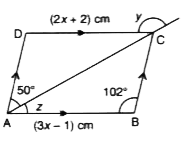
View SolutionThe following figure shows a trapezium ABCD in which AB is parallel to DC and AD= BC

Prove that:
OA = OB and OC= OD
View SolutionThe following figure shows a trapezium ABCD in which AB is parallel to DC and AD= BC

Prove that:
∠ADC=∠BCD
View SolutionThe following figure shows a trapezium ABCD in which AB is parallel to DC and AD= BC

Prove that:
∠DAB=∠CBA
View SolutionIn the figure, given, ABC is a triangle and BC is parallel to the y-axis. AB and AC intersect the y-axis at P and Q respectively.
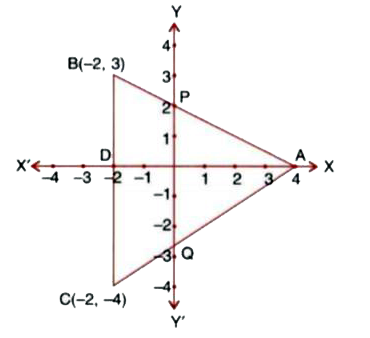
Find the equation of the line AC.
View SolutionFind the differential equation of all parabolas whose axis are parallel to the x-axis.
View SolutionIn the figure, given, ABC is a triangle and BC is parallel to the y-axis. AB and AC intersect the y-axis at P and Q respectively.
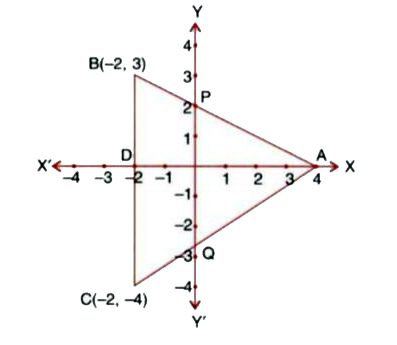
Find the length of AB and AC.
View SolutionThe given figure shows a quadrilateral ABCD. Prove that :
AB+BC+CD+DA>AC+BD
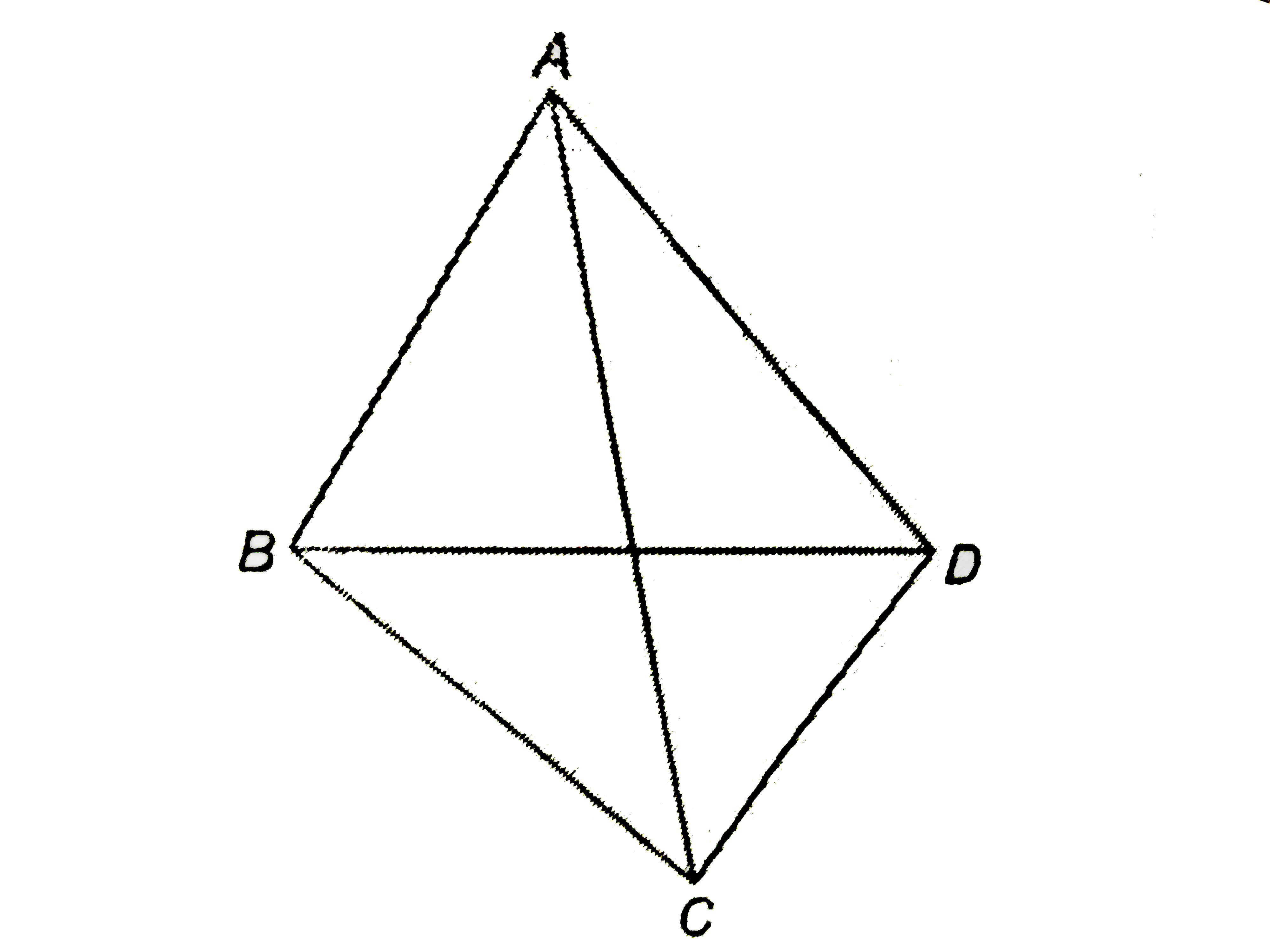
View SolutionThe fourth vertex D of a parallelogram ABCD whose three vertices are A (-2,3), B (6,7) and C (8,3) is
View SolutionThe adjoining figure shows a parallelogram ABCD in which P is mid-point of AB and Q is mid-point of CD. Prove that AE=EF=FC.

View Solution
